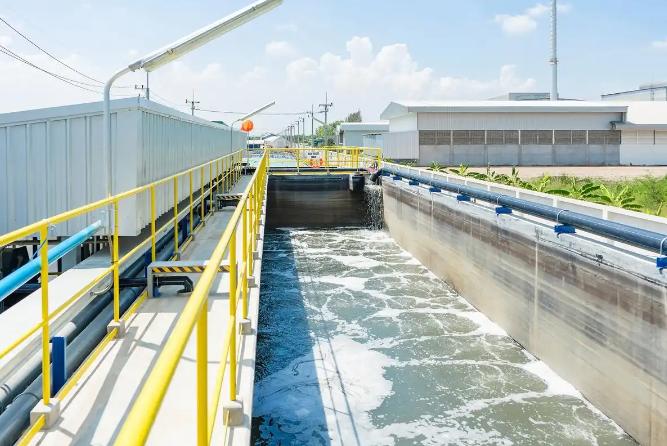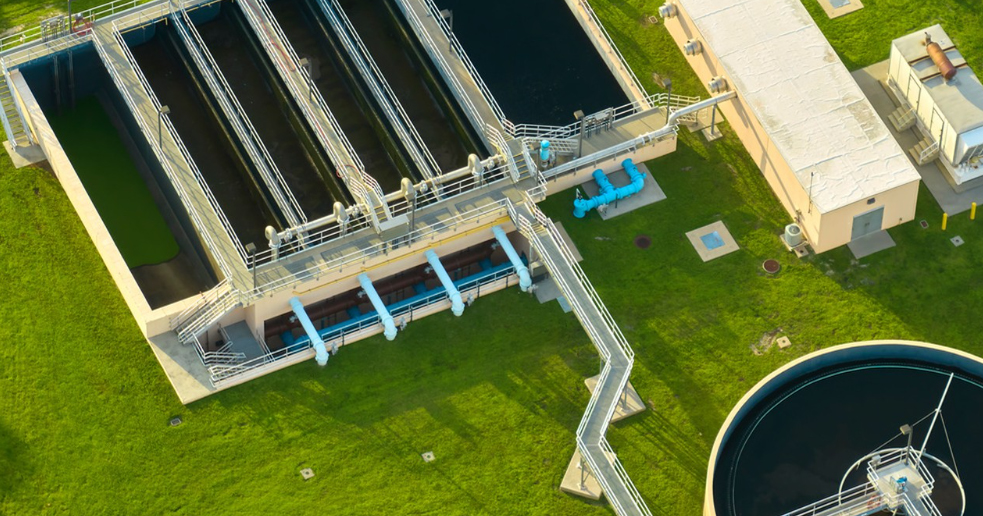Behind the vigorous development of the textile industry, the discharge of a large amount of textile wastewater has become a thorny problem. Textile production encompasses many processes such as dyeing, printing, and rinsing. The wastewater is rich in various dyes, sizing agents, auxiliaries, and surfactants, resulting in extremely high chromaticity and complex composition of the wastewater. If this colored wastewater is directly discharged into natural water bodies without treatment, it will not only discolor the water bodies and damage the landscape, but also block the penetration of light, interfere with the photosynthesis of aquatic organisms, and cause serious damage to the ecological environment.
The textile wastewater decolorizer has emerged as the core solution to this problem. In terms of its working principle, it mainly achieves decolorization in three ways. The first is flocculation and precipitation. For example, the cationic groups contained in some decolorizers can combine with the anionic groups in the dyes. Through the electro-neutralization effect, large flocculent precipitates are formed, and then solid-liquid separation is achieved to remove the chromaticity. The second is adsorption. Some decolorizers have a large specific surface area and can adsorb the dye molecules in the wastewater. This is the case with activated carbon-based decolorizers, which firmly adsorb the pigments relying on their rich microporous structure, reducing the chromaticity of the wastewater. The third is oxidation and decomposition. Decolorizers with strong oxidizing properties can break the chromophoric groups of dye molecules. For example, oxidants such as hydrogen peroxide are used to oxidize complex large dye molecules into colorless or light-colored small molecular substances, achieving the decolorization of the wastewater.

There are various types of textile wastewater decolorizers to adapt to different wastewater characteristics. Flocculating decolorizers are a relatively common type, such as polyaluminum chloride and polyacrylamide. Polyaluminum chloride hydrolyzes in water to form polynuclear hydroxyl complexes. Through electro-neutralization and adsorption bridging, it promotes the aggregation and sedimentation of dye colloid particles. Polyacrylamide, on the other hand, relies on its long-chain structure to enhance the strength and sedimentation performance of the flocs. The two are often used in combination, significantly improving the decolorization effect. In addition to activated carbon, adsorbing decolorizers also include diatomite, etc. They have a good adsorption capacity for disperse dyes, vat dyes, etc., and can effectively remove the chromaticity of the wastewater. Oxidizing decolorizers, such as Fenton's reagent (a combination of hydrogen peroxide and ferrous ions), can generate hydroxyl radicals with strong oxidizing properties, which can oxidize and decompose various dyes without selectivity, with a high decolorization efficiency. They are particularly suitable for high-concentration and difficult-to-degrade textile wastewater.
The use of textile wastewater decolorizers has obvious advantages. It can efficiently reduce the chromaticity of the wastewater, making the treated wastewater meet strict discharge standards and reducing environmental pollution. The operation is relatively simple. According to the actual water quality of the wastewater, the dosage of the decolorizer and the reaction conditions can be reasonably adjusted. Moreover, with the continuous progress of environmental protection technology, new decolorizers, while ensuring excellent decolorization effects, pay more attention to environmental protection performance, reduce secondary pollution, provide reliable wastewater decolorization solutions for textile enterprises, and help the green and sustainable development of the textile industry.












